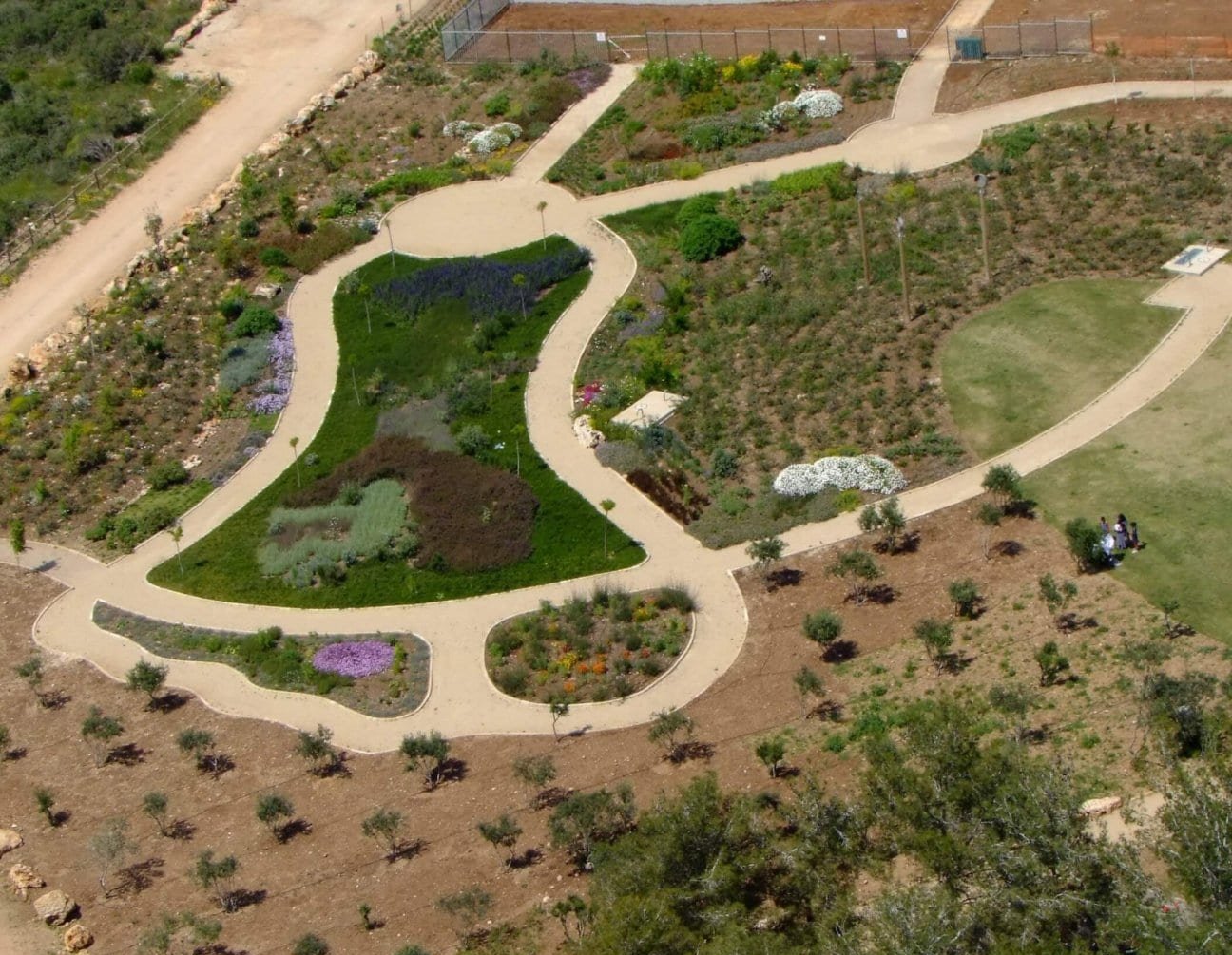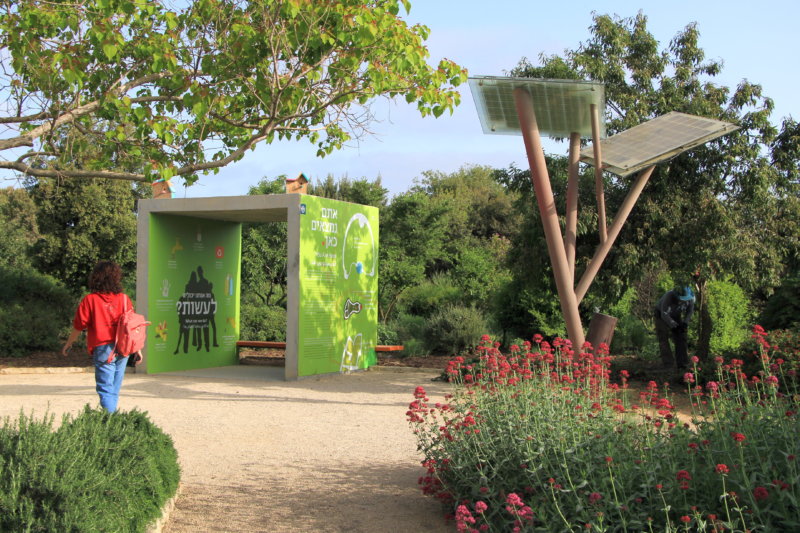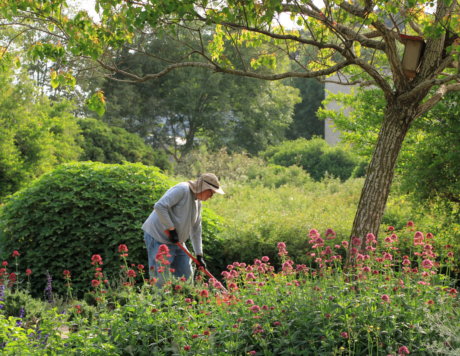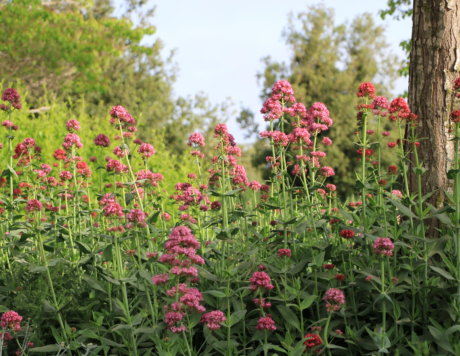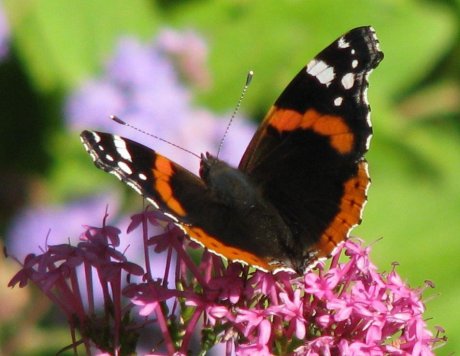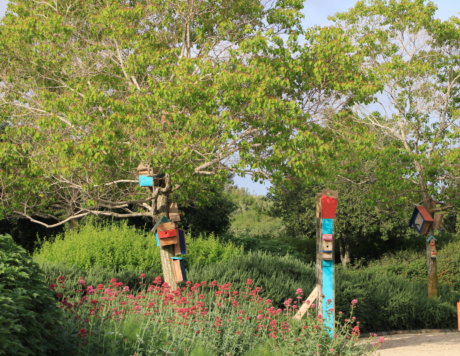A colourful mix of butterfly-attracting vegetation grows inside and outside of the footprint: nectar in flowers, and leaves as a surface for egg-laying and as food for larvae. Besides providing enjoyment and beauty, butterflies serve as a biological indicator of the changes occurring in the ecosystem.
For example, fringed rue (Ruta chalepensis) is a medicinal plant with a controversial aroma in the human world, but the Old World swallowtail butterfly (Papilio machaon) finds safe lodgings within it to rear its young.
Most of the plants in the crucifer family will probably be hosts for the cabbage moth (Pieris brassicae), but during tough times the garden nasturtium (Tropaeolum majus) will also suffice. But don’t worry; the larvae will not come to nibble leaves in the nearby shrubbery. Even scutch grass (Cynodon dactylon), which is generally considered a ‘weed’, is favoured by the large brown wall (Lasiommata maera); the females of this species lay their eggs on it.


